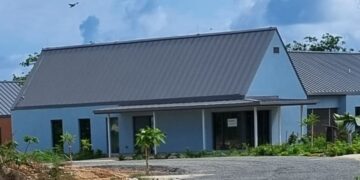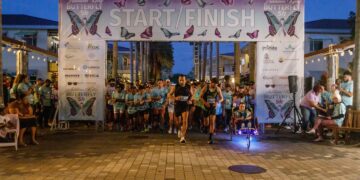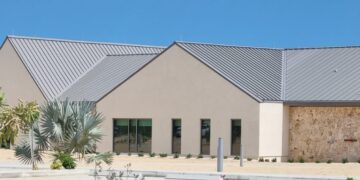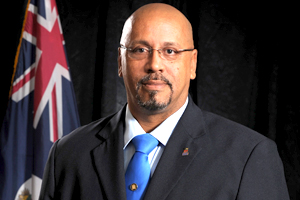(CMR) Do you remember where you were 19 years ago on September 11? Today is the 19th anniversary of the Cayman Islands' catastrophic experience with Hurricane Ivan, which hit our islands in 2004.
The Category 5 Hurricane Ivan devastated the Cayman Islands, leaving over US$2.86 billion dollars of damage. The 2004 storm passed within 30 miles of Grand Cayman and quickly became known as the storm of the century, leaving some 95% of the building either completely destroyed or damaged.
According to the Economic Commission of Latin America and the Caribbean, Ivan placed a strain on the economy and fiscal pressures on the Cayman Islands Government.
On September 11, Ivan began affecting the Sister islands of Cayman Brac and Little Cayman with tropical storm winds and Grand Cayman began experiencing tropical storm winds later that afternoon. According to information from the National Weather Service, the center of Ivan was located 113 miles SE of Grand Cayman by 10 p.m., and at that time hurricane-force winds of over 100 miles per hour were already being experienced on the island.
At 5 a.m. on Sunday, the storm surge from the North Sound was peaking at 10 feet (National Weather Service). The hurricane made its closest approach at 10 am on Sunday when the eye passed 21 miles SW of the Grand Cayman with winds of 150 mph and gusts of 220 mph. As the storm continued on its track, storm surges and battering waves heavily affected the south coast of Grand Cayman.
Ivan was a slow-moving hurricane which increased the exposure of the Island to hurricane force winds as well as increased the total amount of rain.
Hurricane Ivan took the lives of two persons on Grand Cayman, and it temporarily displaced significant proportions of the population. All persons experienced the loss of electricity, water, and access to telecommunications for some period immediately following the disaster.
Some 402 people were treated for lacerations, wounds, removal of foreign bodies, fractures, and burns as a result of the disaster. However, the general health and well-being of the population was good and well maintained by dedicated healthcare professionals, first responders, and the kindness of neighbors.
The total economic impact on the Cayman Islands was estimated by the United Nations ECLAC team to be 3.4 billion (183 % of GDP). Approximately 83% or 13,535 units of the total housing stock in the Grand Cayman suffered some degree of damage. Dwellings that were situated on the seashore, in low-lying, or swampy areas, suffered the most severe damage.
Four percent of homes that were affected were so severely damaged that they required complete reconstruction. 70%, or 9, 475, dwellings suffered severe damage which resulted from sea surge or damage caused by winds to roofs, windows and doors. The remaining 26% or 3,519 dwellings, suffered minor damage caused by partial roof removal, low levels of water inundation, or flying roofs and floating objects such as containers. The total financial effect on the housing sector was estimated at CI$1,444,868,244. (1.4 billion) The financial effect on the finance (commerce) and tourism sectors were estimated at around CI$ 460 million each.
Insurance coverage while it was widespread for both the private sector and government infrastructure only covered part of the assets damaged or destroyed and in most cases did not cover income lost or the business interruption. The ECLAC team estimated that the amount of per capita damage and losses was US$75,700 per person. This figure is the highest ever encountered by ECLAC.
The direct physical damage to the Cayman Islands was estimated to be CI$ 2.4 billion – a figure that far exceeded the best previous (annual) construction performance of the Cayman Islands (which stood at CI $ 400 million).
- Fascinated
- Happy
- Sad
- Angry
- Bored
- Afraid



































